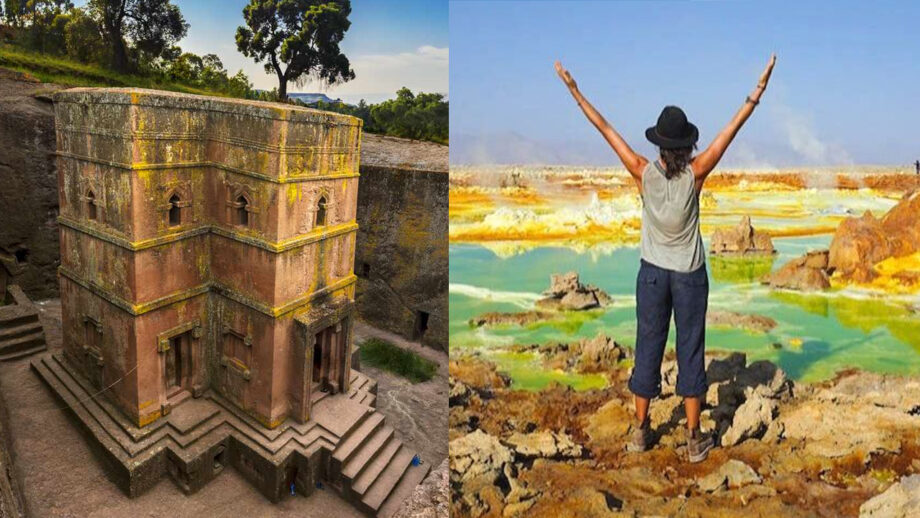For a country located within the tropical latitude of the earth, one would generally expect Ethiopia to have multiple rainy seasons, causing a bad climate. Surprisingly, Ethiopia only has one long rainy season with a mild climate.
However, many tourists prefer to visit Ethiopia during peak season. The peak season in Ethiopia is the time when the country experiences dry season. This season usually runs from September through February with little to no rainfall and a less intense temperature. To be able to travel there, nationals from India are required to get an Ethiopia visa for Indian citizens.
Do Indians need a Visa to get into Ethiopia?
Although India and Ethiopia share a good relationship, a visa is still required to enter Ethiopia. India nationals must have a visa before they can enter Ethiopia and you can apply for an e-visa in advance to avoid delay.
You will need to provide the following to obtain the Ethiopia Visa:
· An Indian Passport with a validity of 6 months from the date you intend to enter the country
· A scanned copy of your passport bio page
· A color passport size photograph
· A valid card payment (credit or debit)
The e-visa processing usually takes 1-3 working days, and its validity starts from the day you enter Ethiopia.
Reasons You Should Travel to Ethiopia During the Peak Dry Season
The peak holiday season in Ethiopia witnesses lots of tourists wanting to see many of the historical landscapes. Here are four reasons you should travel to Ethiopia during the peak holiday season.
· Best Time to Witness Famous Ethiopian Festivals
Some of the famous Ethiopian festivals like Timkat and Meskel are two festivals celebrated during the dry season. Timkat and Meskel are Christian festivals, annually celebrated on January 19 and September 27. These festivals attract a lot of tourists and pilgrims from all over the world.
You will not want to miss these historical and color festivals for anything. The Ethiopian new year, Enkukatash (September 12), is the most celebrated secular festival. It is synonymous with the New year celebration in every other place in the world.
· Best Time to Tour the Danakil Depression
With a daytime temperature reaching 122 degrees Fahrenheit, the Danakil is one of the hottest places on earth. Touring this site, you can be awed by the myriad of active volcanoes, experience the Afar culture, view the ageless tradition of salt caravans. Visiting the Danakil around the cooler months of November to March will allow you to enjoy the view of landscapes without being melted alive.
· Best Time to Visit the Northern Highlands
Planning a visit around the October to February peak season is the best time to visit Northern Highlands. During this period, the road is walkable, and there will be no rain to disturb. Also, prices of tours and accommodation are generally low.
It is advisable to avoid traveling to the highlands in June and July. Those months are the time the rains are at the maximum in the Northern Highlands.
· Best Time for Trekking and Hiking in the Simien Mountains
Trekking and hiking on the Simien mountains can be full of fun if you travel at the right time. The mountains have lots of fantastic scenes, and you can also get a chance to witness wildlife like the Walia ibex and gelada baboon. It is best to visit the mountains around September to November when the mountains are dust-free, dry, and green.
Conclusion
The size of Ethiopia means that there are lots of experiences to enjoy. However, planning a trip for the peak holiday season means that you get to see different scenes and enjoy festivals without been interrupted by the climate.


